China’s J-20 Fighter Jet Has an Achilles’ Heel – What Is the Weakness of the Mighty Dragon?
Rokna Political Desk – The Achilles’ heel of China’s stealth fighter jet, the J-20, lies in the combat inexperience of its pilots. Since 1979, the Chinese Air Force has not participated in any major military conflict, and this “experience gap” compared to seasoned pilots from the United States and its allies could represent a significant vulnerability.
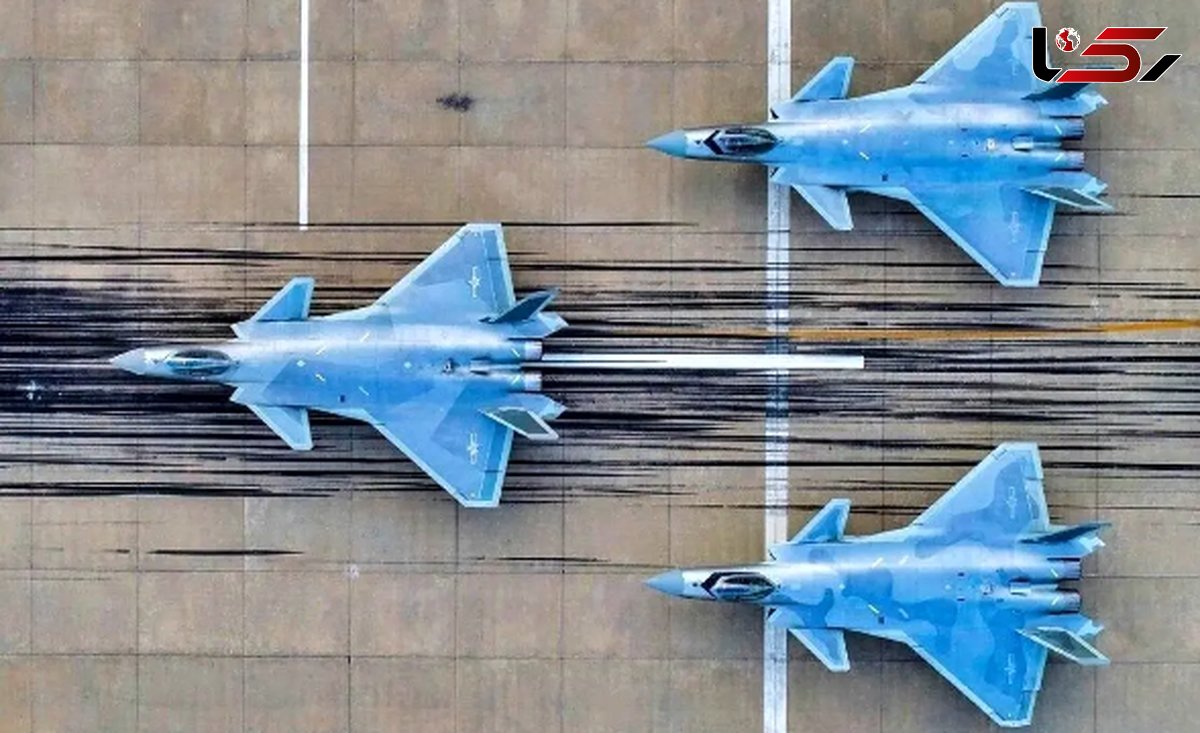
Many refer to the J-20, China’s latest stealth fighter, also known as the “Mighty Dragon,” as a technological marvel and a symbol of China’s rise as the world’s second-largest economy and an emerging military power. Yet, this jet has a critical weakness that could become a serious challenge for China.
The J-20’s vulnerability does not stem from its design or the advanced technology it incorporates. Rather, it is rooted in the combat inexperience of its pilots. The men and women assigned to operate this deadly aircraft have never experienced the chaos and turmoil of actual warfare. This lack of exposure to the realities of combat constitutes a major weakness.
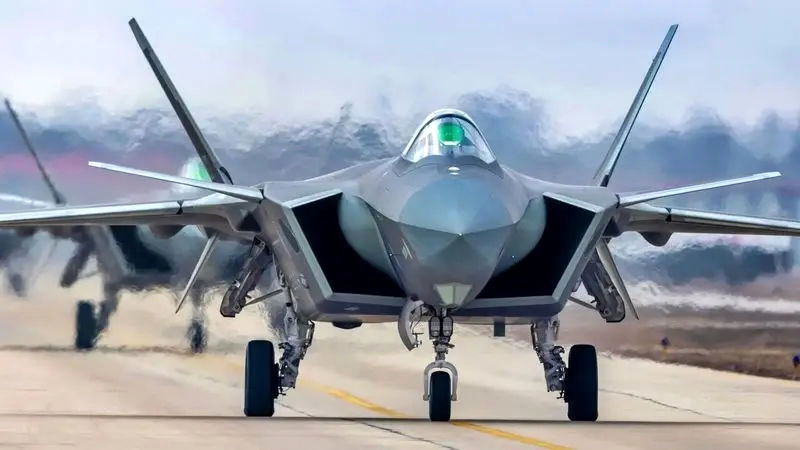
When Distance from War Becomes a Weakness
The People’s Liberation Army Air Force (PLAAF) has not engaged in any significant military confrontation since 1979. This has created a noticeable “experience gap” when compared to the battle-hardened pilots of the United States and its allies.
In the high-stakes environment of modern aerial warfare, this human factor—the ability to adapt and make split-second decisions under enemy fire—can become the Achilles’ heel of the Chinese Air Force, regardless of the J-20’s technical capabilities on paper.
The key question remains: how effective will J-20 pilots be in real-world combat situations? This remains an unanswered aspect of the Chinese Air Force’s true capabilities in modern warfare.
Technology vs. Experience in the History of Aerial Combat
In military aviation, technology is only part of the equation. The human element—experience, intuition, and flexibility in high-stress moments—is equally vital. For instance, the United States has been extensively involved in military conflicts, gaining vast experience in military training, battlefield deployment, and post-conflict operations.
American pilots have engaged in the toughest aspects of aerial warfare, from close-range dogfights to ground attacks, air support, and strategic bombing in wars such as Vietnam and Iraq. Each conflict has served as a valuable lesson, shaping generations of pilots—from the Iron Hand operations in Vietnam to modern-day missions—who can perform optimally under enemy fire.
On the other hand, the Chinese Air Force pilots lack such real combat experience. China’s last war was in 1979 against Vietnam, during which its air force was not employed to prevent escalation with the Soviet Union.
Although the Chinese Air Force has undergone modernization and development in the years since, the lack of actual combat experience has left a significant gap in operational skills. Training and simulations can never fully replicate the fear, adrenaline, and uncertainty of real warfare.
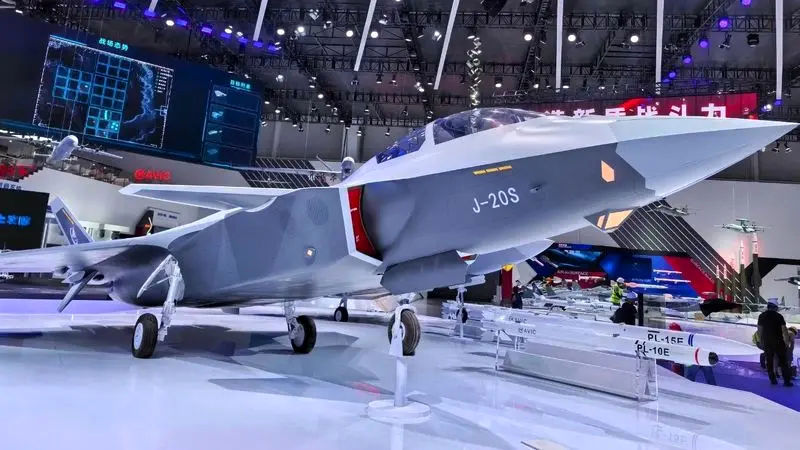
The Psychology of War: Beyond Training
Therefore, the psychological dimension of war should never be underestimated. Combat experience builds a level of confidence and mental resilience that cannot be gained through training alone. Those who have flown over enemy territory and completed difficult wartime missions possess the mental flexibility needed in critical moments—a superiority that can determine life or death in battle.
No matter how well-trained J-20 pilots are, they may face a harsh reality shock in actual aerial combat, where decisions are made in split seconds, and their fate is often sealed in one-on-one duels.
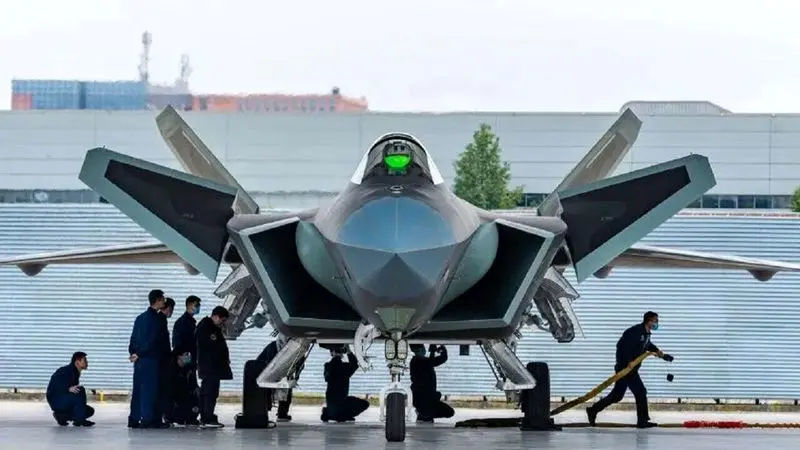
Combat Questions and the Challenges of Real Warfare
From a technological standpoint, the J-20 may enjoy tactical advantages on paper due to its stealth features and advanced avionics. However, even such technology cannot compensate for the absence of experience. In real warfare, the ability to adapt, predict enemy moves, and navigate the ambiguity and friction of combat is key. Without these traits, even the most advanced aircraft can become easy targets.
There is no doubt that modern warfare is vastly different from China’s past wars. Today’s battles include cyber warfare, electronic warfare, and advanced missiles, turning the battlefield into a multidimensional and complex environment.
As a result, pilots must not only be skilled aviators but must also possess a comprehensive understanding of joint operations with ground, naval, and cyber forces.
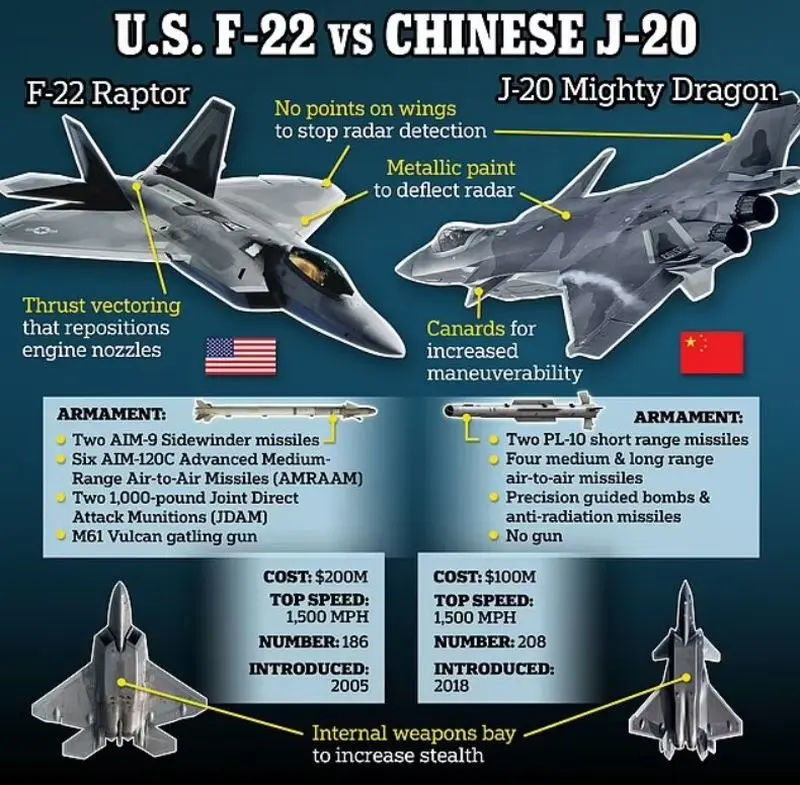
Foreign Policy and Lack of Experience: A Barrier for China
In the event of war, J-20 fighters would not only face adversaries with advanced air forces but also countries such as the United States, NATO members, Japan, and India—all of which possess extensive combat experience. This experience gap may hinder Chinese forces from effectively adapting to enemies that are intimately familiar with battlefield tactics.
There is also the risk of miscalculation. Inexperience can lead to false confidence or decision-making errors. The fear and psychological pressure of a first real combat encounter may lead to hesitation, mistakes, or even fatal outcomes. In such scenarios, the value of experience becomes critically apparent.
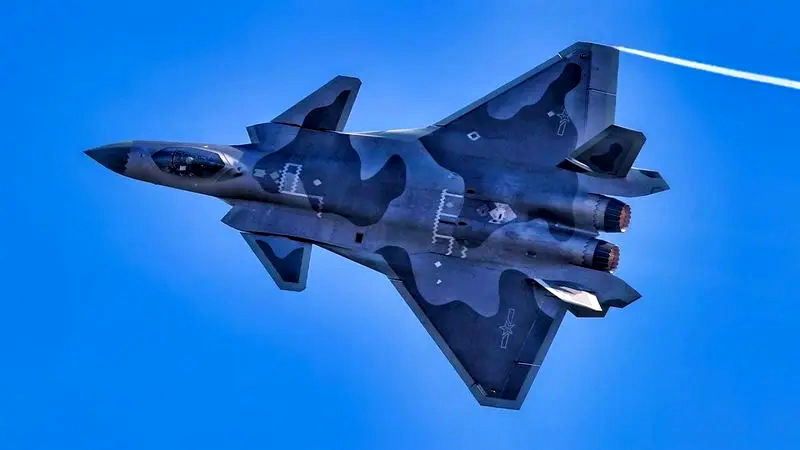
Technology Without Experience = Failure
There is no doubt about the advanced nature of the J-20, but this may give Chinese military planners a false sense of confidence. Relying solely on technology, without sufficient cockpit experience, could result in deadly mistakes. History has shown that if system operators are not properly prepared, even the most advanced technologies can fail.
Simulations are useful, but they cannot replicate the chaos and pressure of real combat. It is unlikely that the Chinese Air Force’s training will fully prepare pilots for the unpredictability of actual wartime scenarios.
This experience gap may severely weaken the Chinese Air Force in the event of war. The absence of well-organized tactics and strategy due to inexperience could lead to disjointed operations or missed opportunities. And since modern warfare requires integration with other forces—including allies—China’s military may lack the understanding and readiness for such combined operations without seasoned pilots.
Overall, While the J-20, or the Mighty Dragon, represents a significant advancement in China’s military aviation, the inexperience of its pilots is a serious vulnerability. Twenty-first-century warfare demands pilots who not only possess sufficient experience but can also fully leverage advanced aircraft technologies.
Therefore, amid rising regional tensions, the real challenge for the Chinese military will not merely be the J-20’s technical performance but the skill and adaptability of its pilots.
This could potentially turn the J-20 into a liability in the most critical moments of conflict, as the lack of knowledge and experience in optimally using cutting-edge missiles—especially in life-or-death situations where every second and decision counts—could prove decisive.
History has shown that success in war does not rely solely on tools but also on the individuals who understand and apply the art of warfare.
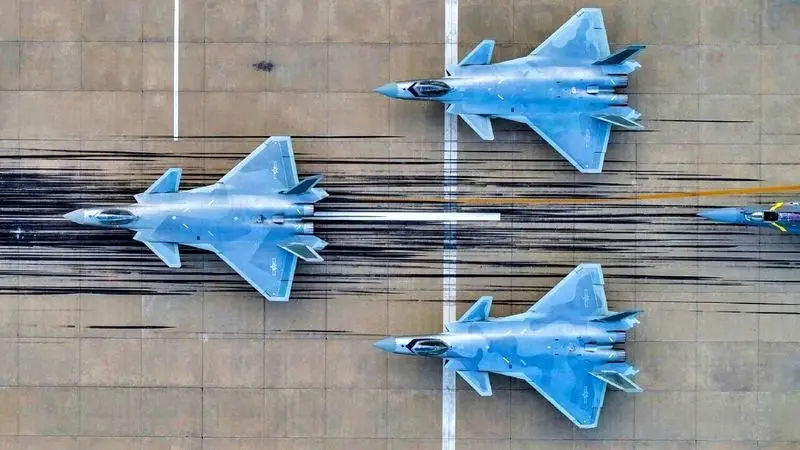
Send Comments